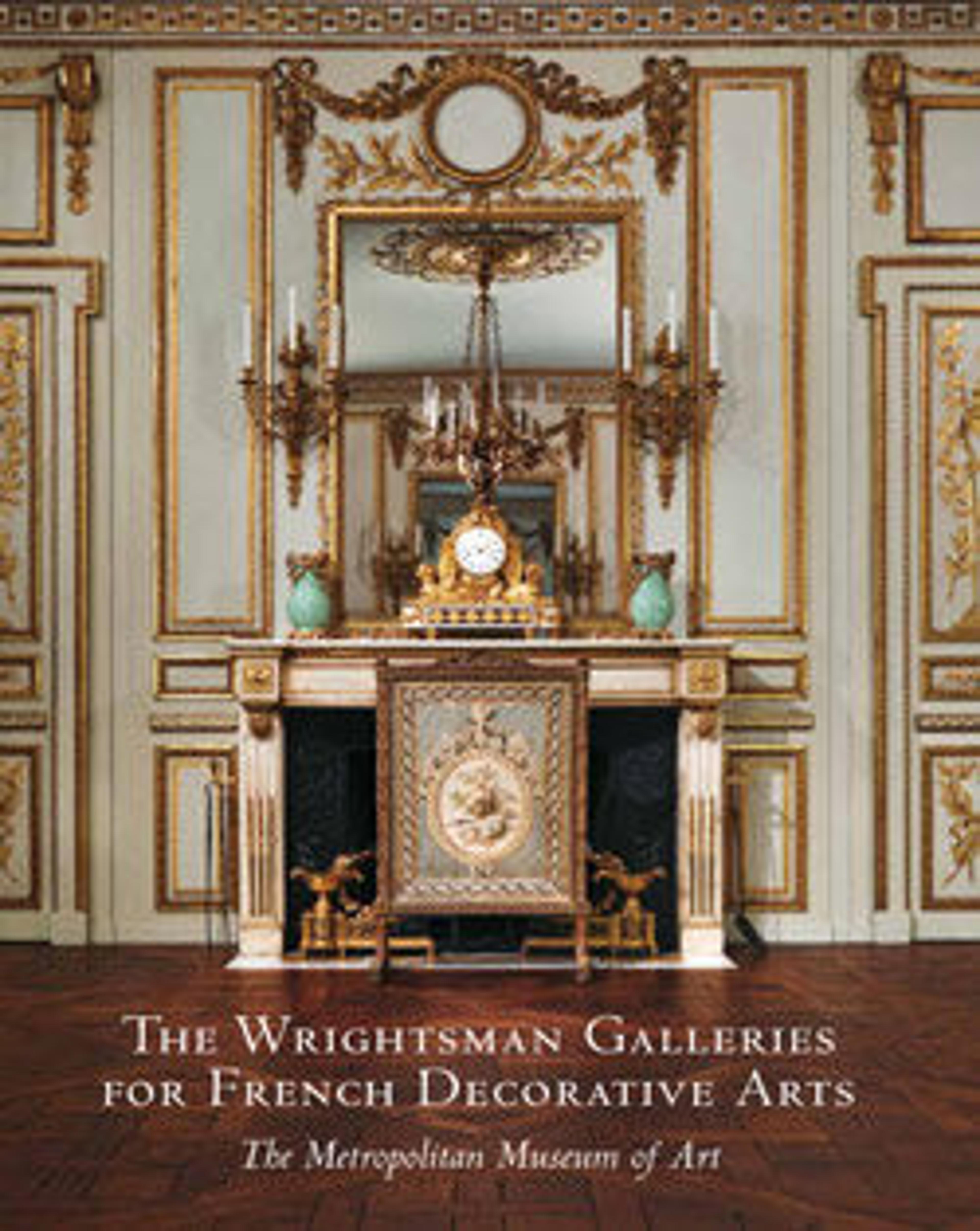Pair of firedogs (chenets)
Multiple examples of this model of firedogs, incorporating the figures of two mythological deities in their design, are known. The crowned male figure could be Pluto, Roman god of the underworld; the female pendant might be his love, Proserpina, traditionally shown with a torch, as the woman is here. In fact, in 1753 the metalworker Antoine Lelièvre supplied a pair of chenets decorated with the rulers of the underworld, albeit of a different model, to Louis XV for use at Versailles. However, Pluto is generally rendered with a scepter, not with a trident as here, the latter usually being an attribute of Neptune. Given the fact that andirons were placed in front of the fireplace to reflect the flames, the choice of Neptune and his spouse, Amphitrite, god and goddess of the sea, would have been an amusing one. Whatever their identities might be, these firedogs with their figures perched on pierced scrolling bases evolving into acanthus leaves are a perfect embodiment of the whimsical Rococo taste.
Artwork Details
- Title: Pair of firedogs (chenets)
- Date: ca. 1750
- Culture: French
- Medium: Gilt bronze
- Dimensions: .1) H. 20 3/4 x W. 19 x D. 10 1/2 in. (52.7 x 48.3 x 26.7 cm);
.2) H. 17 3/4 x W. 19 5/16 x D. 9 3/4 in. (45.1 x 49.1 x 24.8 cm) - Classification: Metalwork-Gilt Bronze
- Credit Line: Gift of Mrs. Charles Wrightsman, 1986
- Object Number: 1986.365.1, .2
- Curatorial Department: European Sculpture and Decorative Arts
More Artwork
Research Resources
The Met provides unparalleled resources for research and welcomes an international community of students and scholars. The Met's Open Access API is where creators and researchers can connect to the The Met collection. Open Access data and public domain images are available for unrestricted commercial and noncommercial use without permission or fee.
To request images under copyright and other restrictions, please use this Image Request form.
Feedback
We continue to research and examine historical and cultural context for objects in The Met collection. If you have comments or questions about this object record, please complete and submit this form. The Museum looks forward to receiving your comments.
